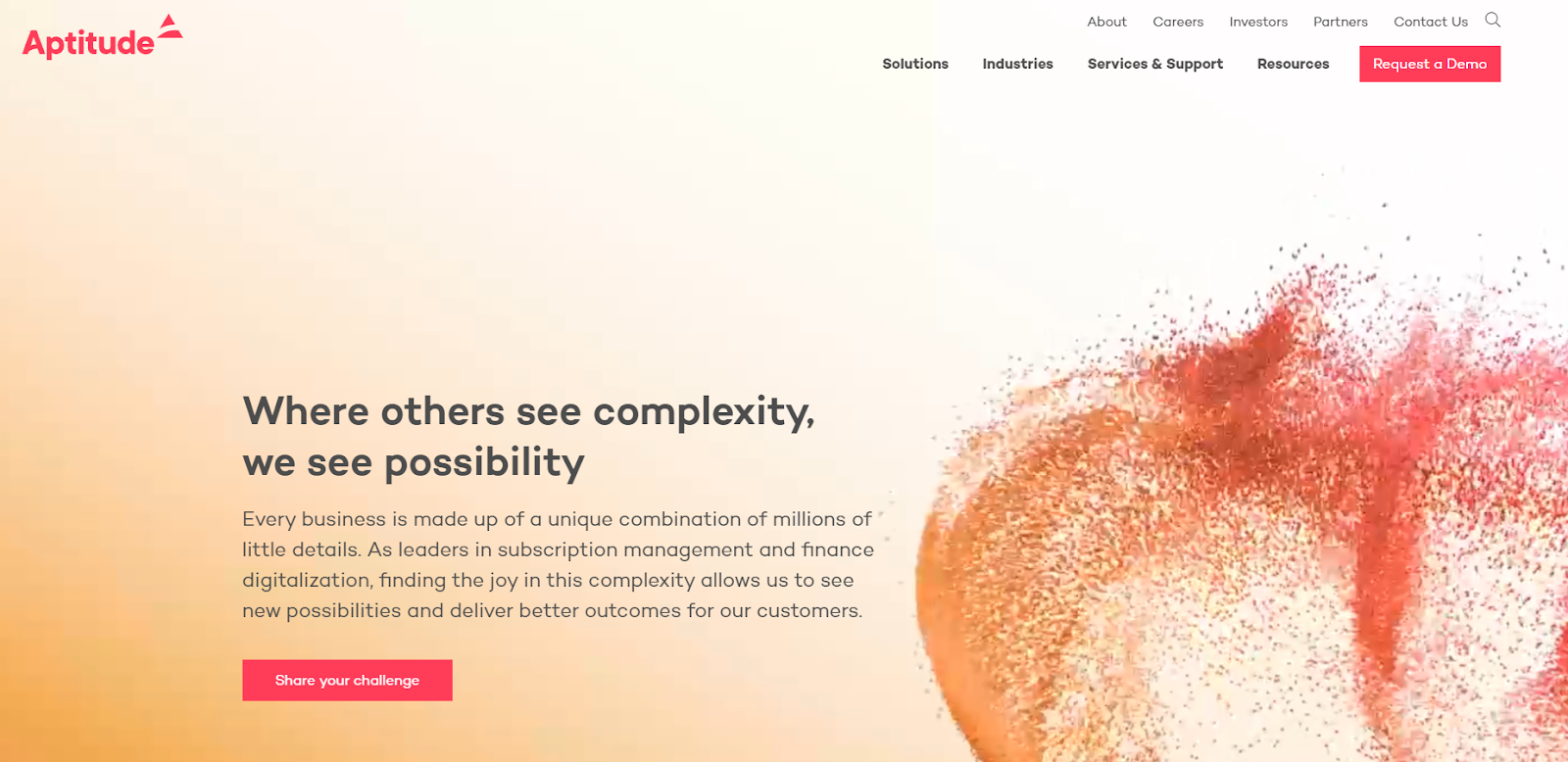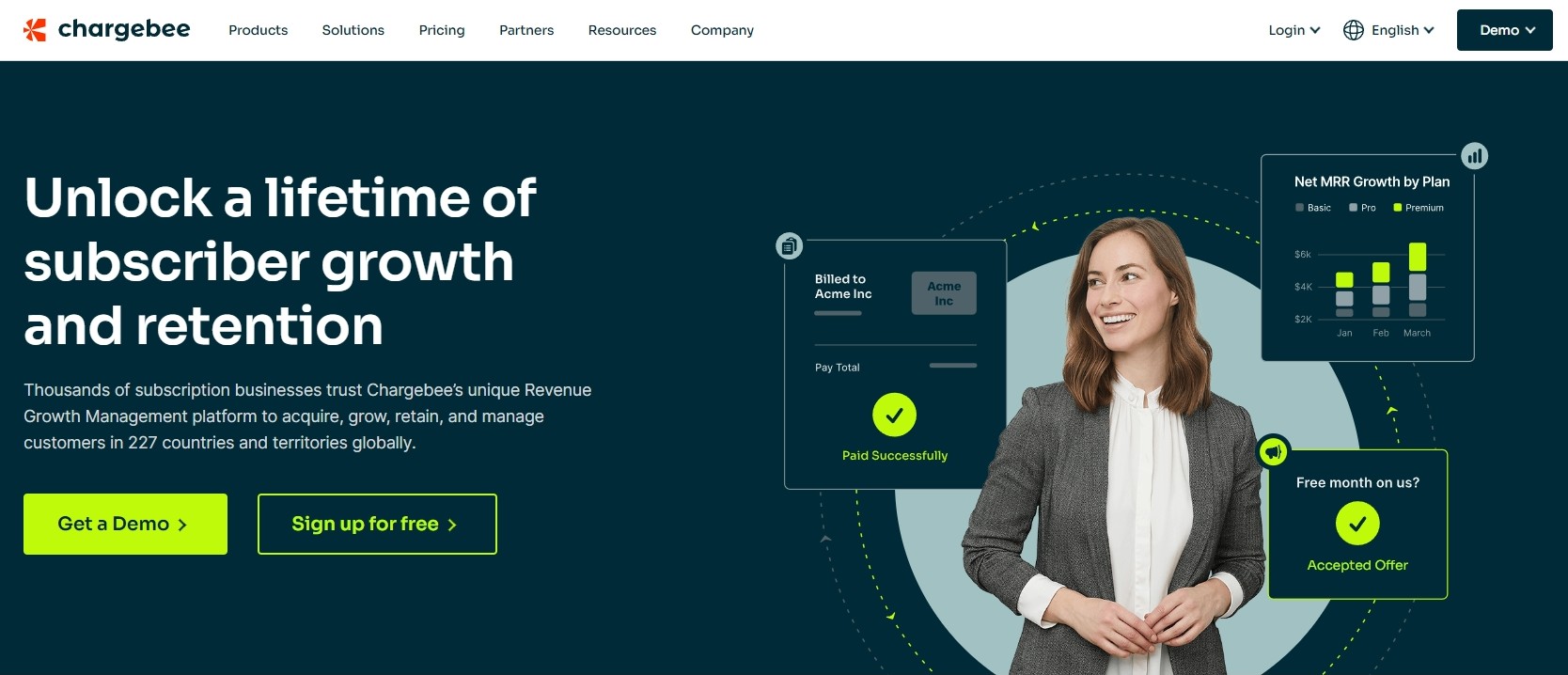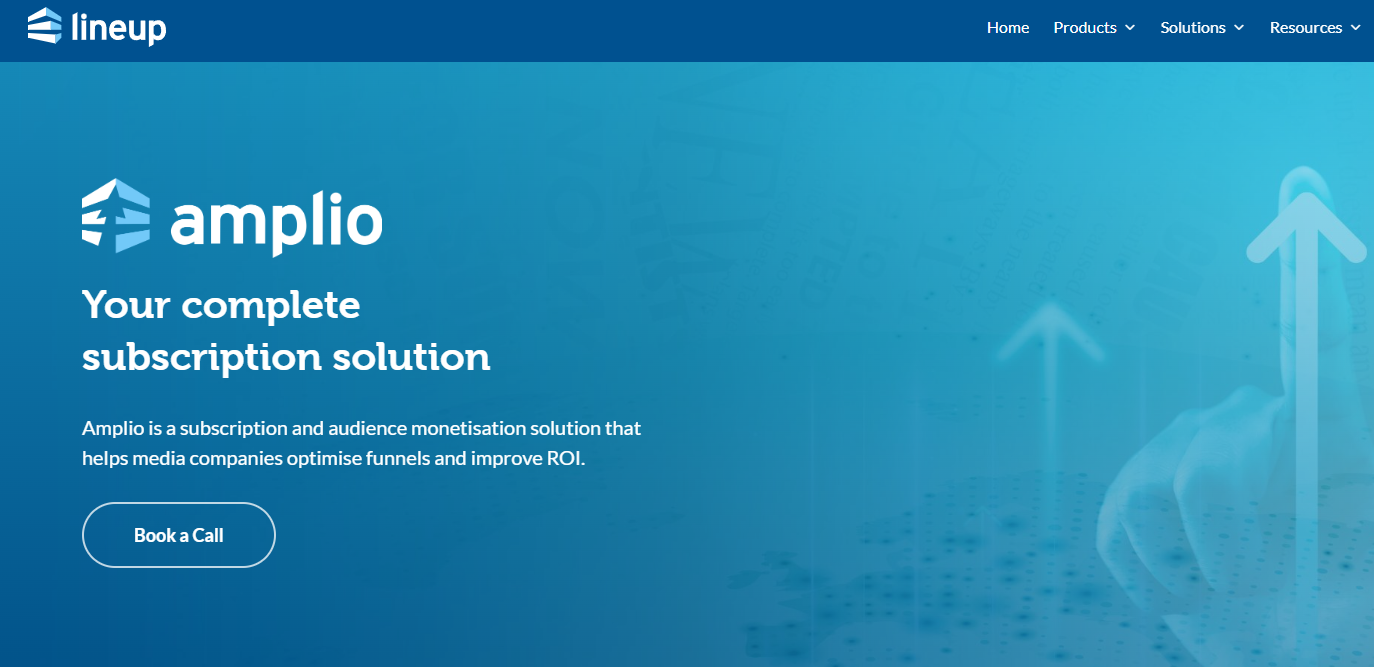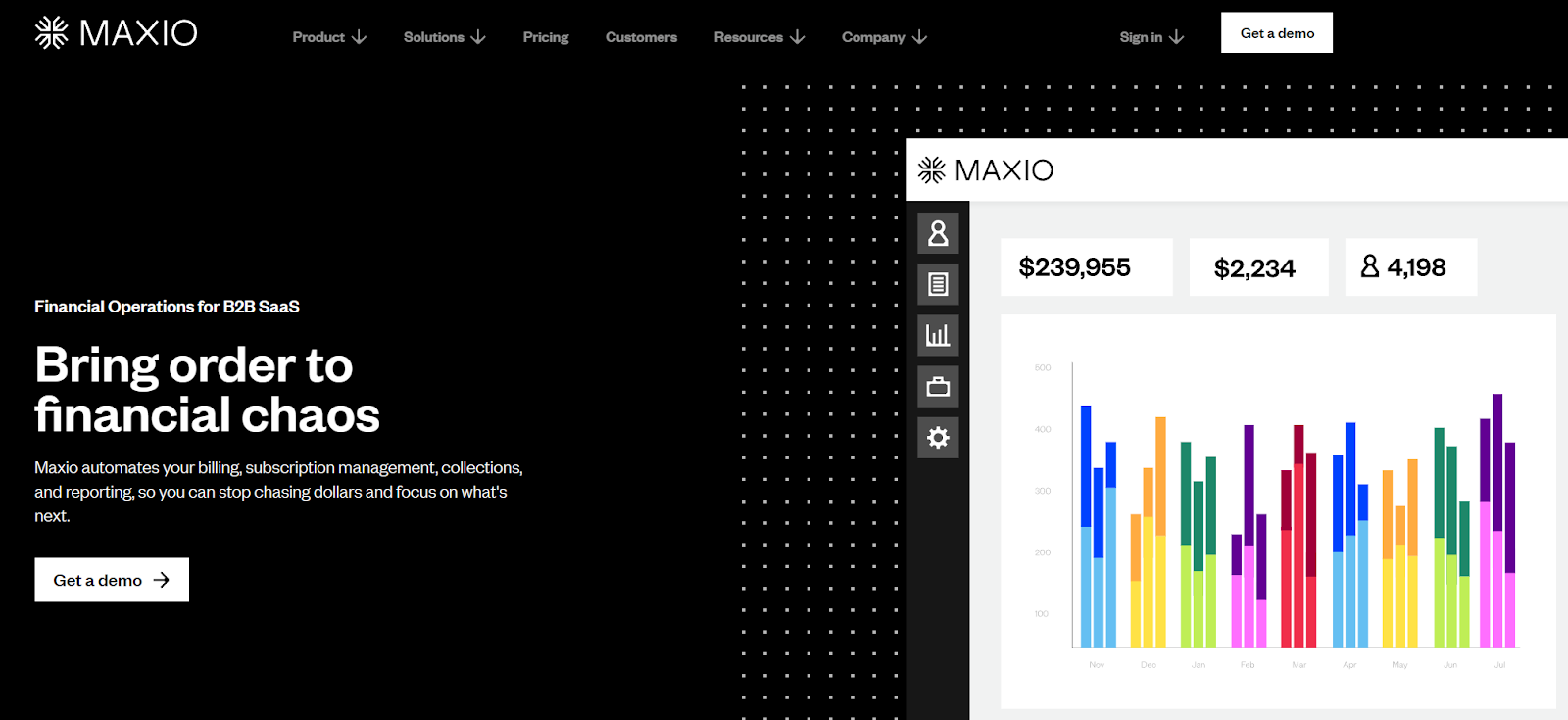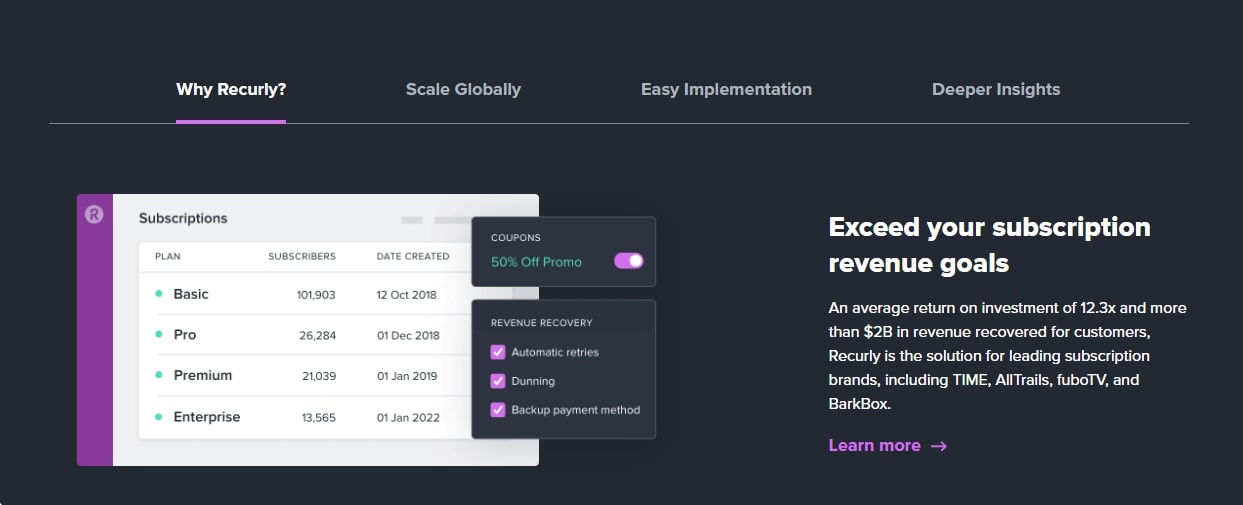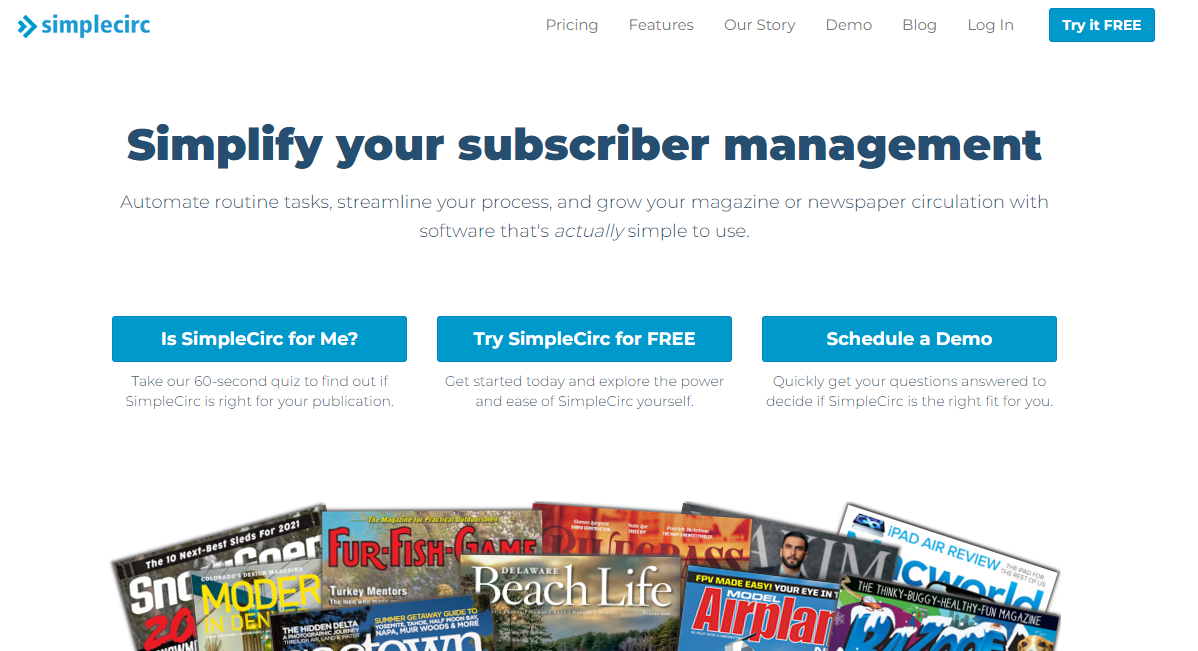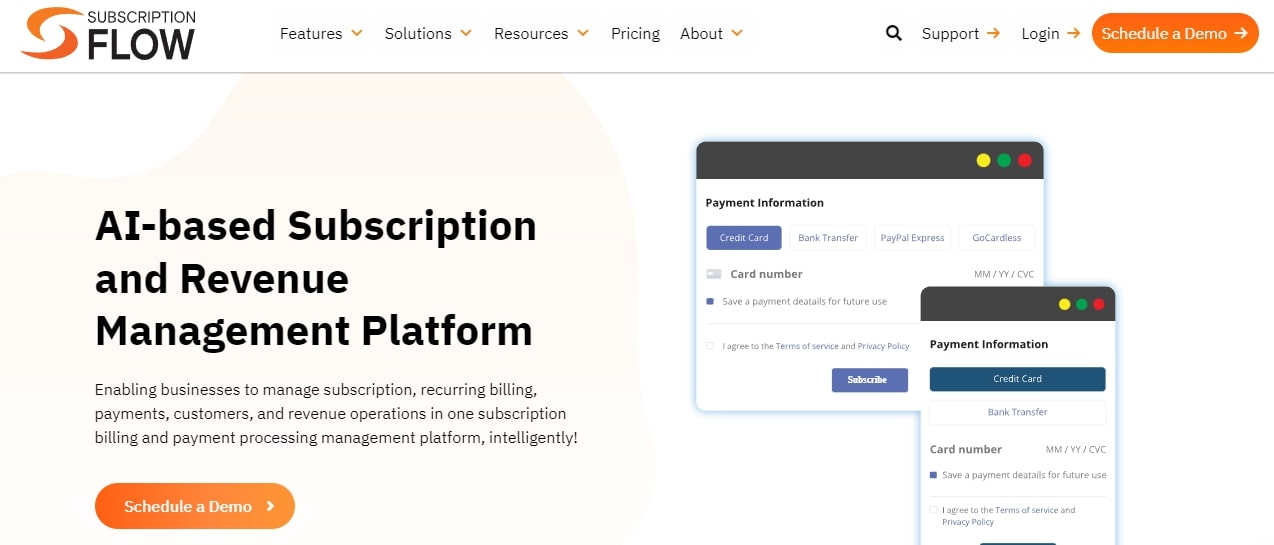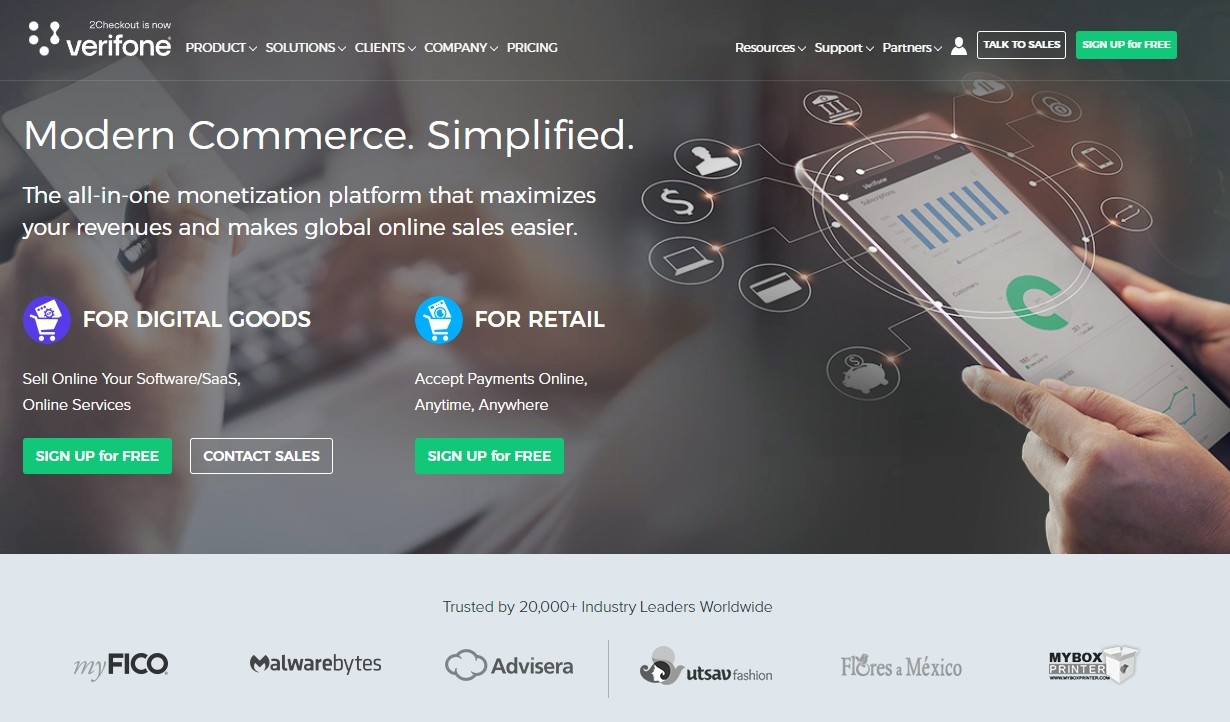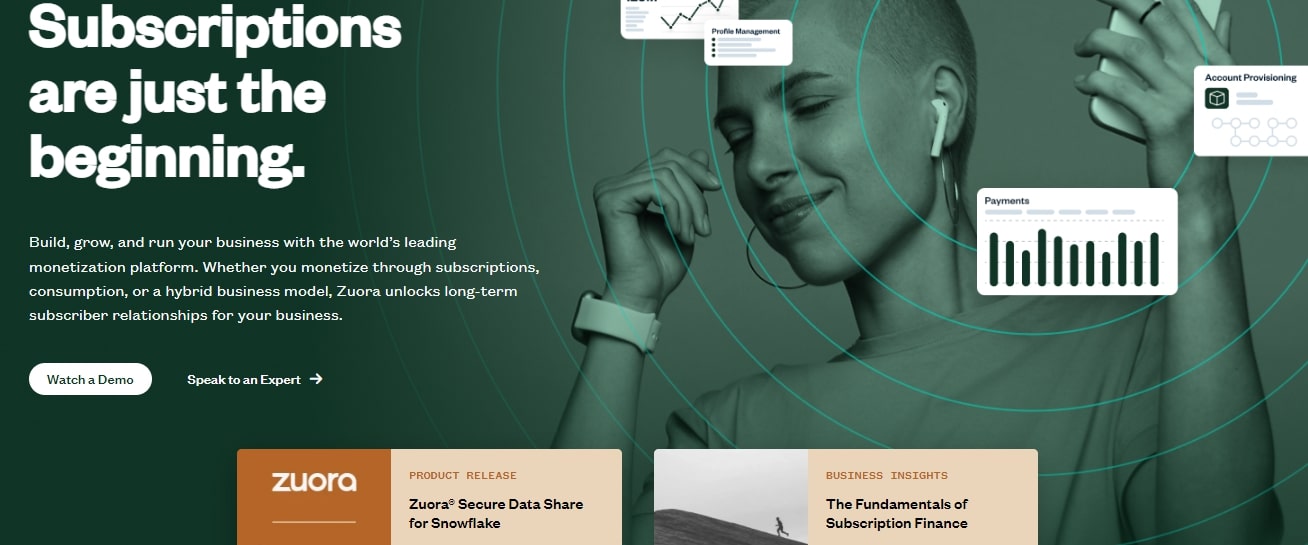The subscription economy has boomed over the last decade. On average, US consumers spent $219 per month on subscriptions in 2022, two and a half times higher than their estimates.
Subscription businesses in the S&P 500 have grown 4.6 times faster than other segments in the index over the last decade. And the subscription market is projected to continue growing over the next few years to hit $1.5 billion by 2025.
And yet, challenges remain for digital publishers and signs from some corners of the subscription economy point to growing consumer concern over expenditure. One survey from late 2022 found that US subscriber churn for subscription video-on-demand (SVOD) services over six months was around 44%, up from the previously recorded 37%.
The good news is that a subscription management platform can help businesses, especially digital publishers, overcome these challenges.
What Is Subscription Management Software?
Subscription management software can automate the routine aspects of managing a subscription.
It manages and executes a broad range of subscription-related tasks to streamline recurring revenue streams and seeks to improve customer relationships.
Key features of subscription management software typically include:
- Managing recurring subscription billing
- Entering, updating and processing customer data
- Renewing and upgrading subscriptions
- Following up on subscription cancellations
- Issuing refunds as and when needed
- Upselling and cross-selling
- Communication of new products
Why Is Subscription Management Software Important for Publishers?
Given the changing needs that vary from one customer to another, it’s next to impossible to manage a large base of subscriptions without the automation that subscription management software affords.
Nearly 80% of publishers polled in a 2022 study by the Reuters Institute for the Study of Journalism reported that subscription-based models would be among their top revenue priorities.
Following the cost of living crisis, however, a joint research project between FT Strategies and Minna Technologies found that 93% of consumers were aware of their subscription expenditure, up from 86% a year earlier. This uptick in audience awareness means publishers must provide tangible value to reduce churn rates.
Greater subscription volumes also present challenges, however, including:
- Converting existing viewers to paying subscribers
- Managing and reducing subscriber churn
- Tracking and managing recurring payments
- Leveraging subscription data to improve sales
- Meeting accounting and reporting requirements.
This is exactly where subscription management software can help.
How Does Subscription Management Software Work?
Subscription management software works by automating some tasks conducted between a business and its customers.
The software operates by keeping a continuous “finger on the pulse” of the relevant interaction and responding accordingly. It achieves this through several key principles, which include:
- Pricing agility
- Change tracking
- Self-service
- Inter-platform integration
- Data security
- Dunning management.
Let’s look at a sports publisher as an example. The business may want to attract new readers by offering a 15% discount on annual print subscriptions. As the number of new readers steadily grows, the magazine’s editors notice that a rival publication is also targeting new readers with a 15% discount on its annual print subscription.
Keen to avoid competition solely on retail price, the publisher decides to maintain its current subscription discount but, unlike their competitor, provides customers with the option of paying either in quarterly installments, annually or biennially.
This pricing information is listed on the magazine’s website, where prospective subscribers can sign up using the magazine’s subscription management software.
As the months progress, the credit cards of some new readers expire. This is where the software executes dunning management — an automated payment recovery mechanism triggered when a payment fails. The subscription platform sends emails or text messages — depending on the customer’s contact preferences, which are recorded in the software, informing them of the payment failure.
Each email or text message invites the customer to log in to the self-service portal in the subscription management software so that they can update their credit card information.
The software does more than just track subscriptions, integrating itself with other commonly used platforms. If, for example, the sports publisher uses Salesforce’s Customer 360 suite of CRM tools, the magazine’s subscription management software will be able to export customer data to the marketing team through the Customer 360 suite.
 Edited by Andrew Kemp
Edited by Andrew Kemp 













